Home to nearly 350 annually recorded bird species and diverse habitats—rugged coastline, sheltered bays, wetlands, coniferous forests, and dry grasslands—it’s no surprise that birding in Washington State is a beloved pastime.
Novice and expert birders alike can grab their trusty binoculars and spotting scopes and head out along the Audubon’s Great Washington State Birding Trail. The trail features seven routes through different regions, offering phenomenal opportunities for birdwatching in Washington.
Spot eagles and trumpeter swans during winter birding in the Skagit Valley or head to the Columbia River to view migrating sandhill cranes. With more than 300 stops along the trail, here’s a look at each route and what to expect.
Birding in Washington State
Cascade Loop

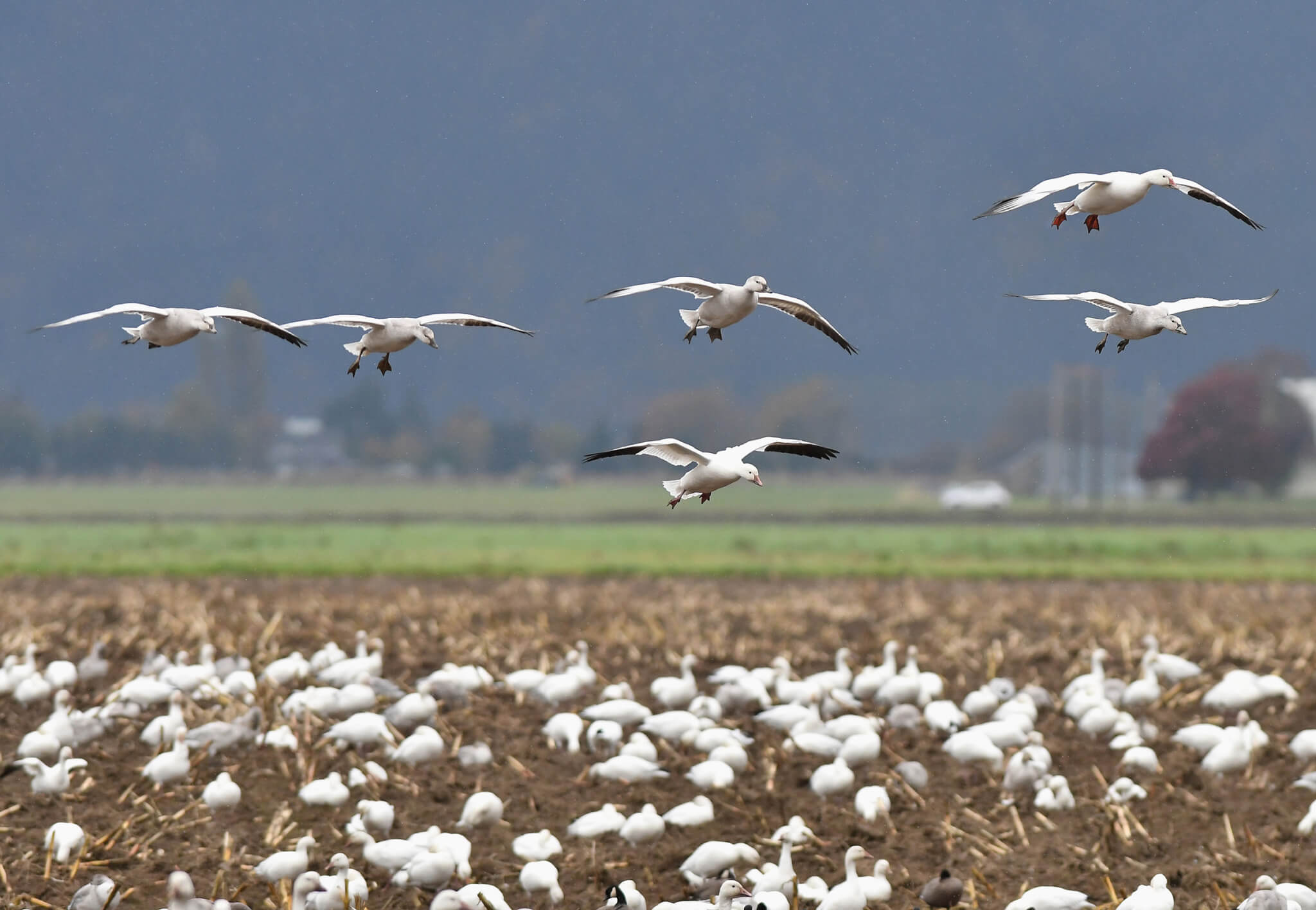
This loop in Northwest Washington takes visitors along the coast, through lush farmland, and into the dramatic Cascade Mountains. Along the way, you’ll find seabirds, bald eagles, snow geese, and trumpeter swans, which flock to the Skagit Valley in great numbers during the winter. While you’re passing through, make sure to explore the communities of La Conner, Mount Vernon, and Bellingham. In March, the annual Wings Over Water Northwest Birding Festival in Blaine and Birch Bay is the perfect time to learn more about the region’s bird population.
Coulee Corridor
This route along the Coulee Corridor Scenic Byway offers birds in abundance, with more than half of the state’s annually recorded bird species spotted here. Thousands of sandhill cranes migrate here in spring and fall. Looking to stretch your legs? The region’s shrub-steppe and semi-arid desert landscape is dotted with public lands and sweeping views.
Also See: Discover Washington’s Wildlife Refuges
Olympic Loop
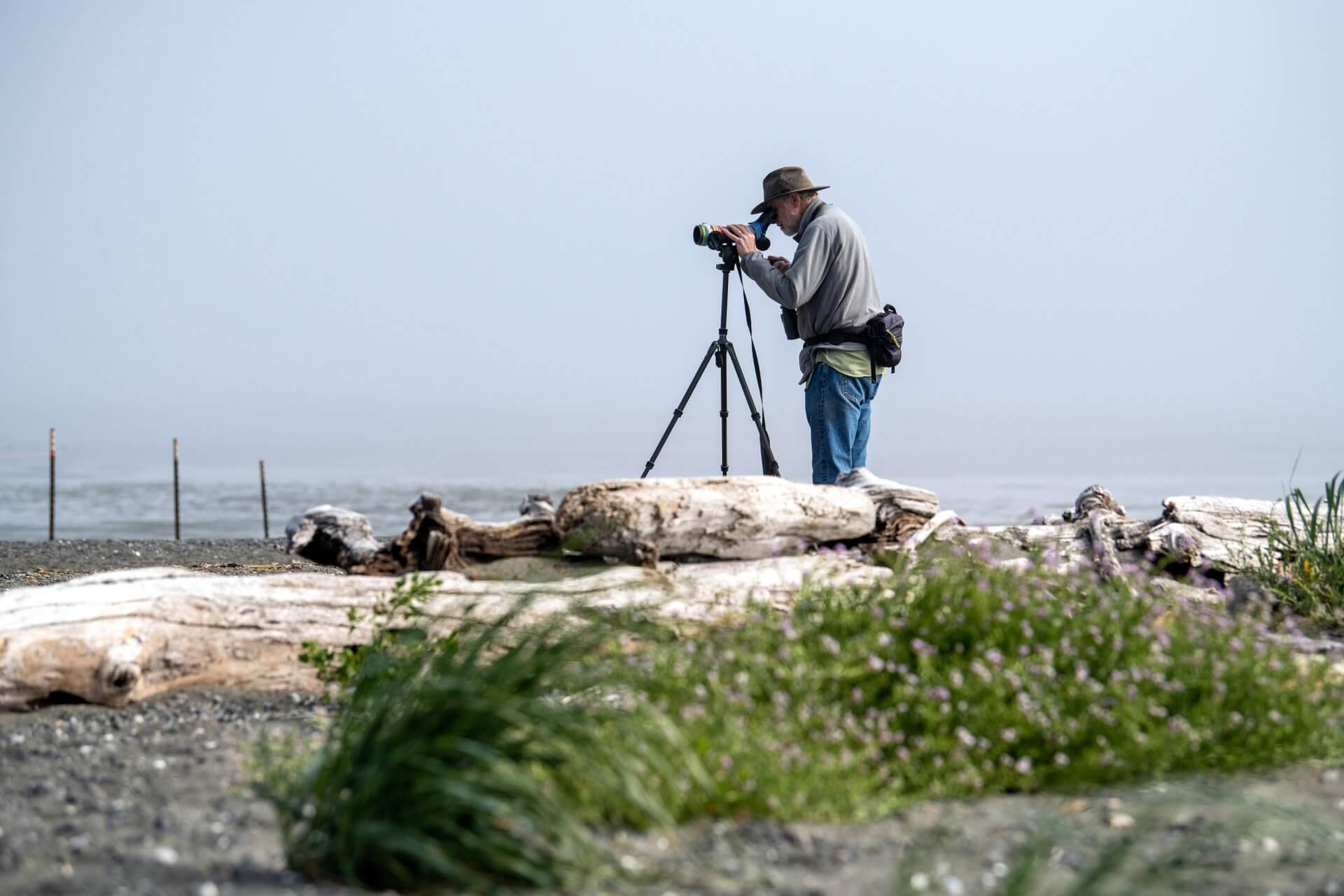
Wind your way through lush rain forests and along the rugged Pacific Ocean coastline. Marbled murrelets hide in the Olympic National Forest’s old-growth Douglas firs, and wandering tattlers search for an evening’s dinner along surf-thrashed shores. Make the most of your visit to the Olympic Peninsula with a visit to Olympic National Park, home to crystal-clear Lake Crescent, or the waterfront towns of Port Angeles and Port Townsend.
Also See: Olympic Culinary Loop Road Trip
Palouse to Pines Loop
Of Washington’s 346 annually recorded bird species, 215 of them can be spotted along this trail. Most notably, the mighty rivers, ponderosa pine forests, and lake-graced deserts of Eastern Washington draw tundra swans by the thousands.
Puget Loop
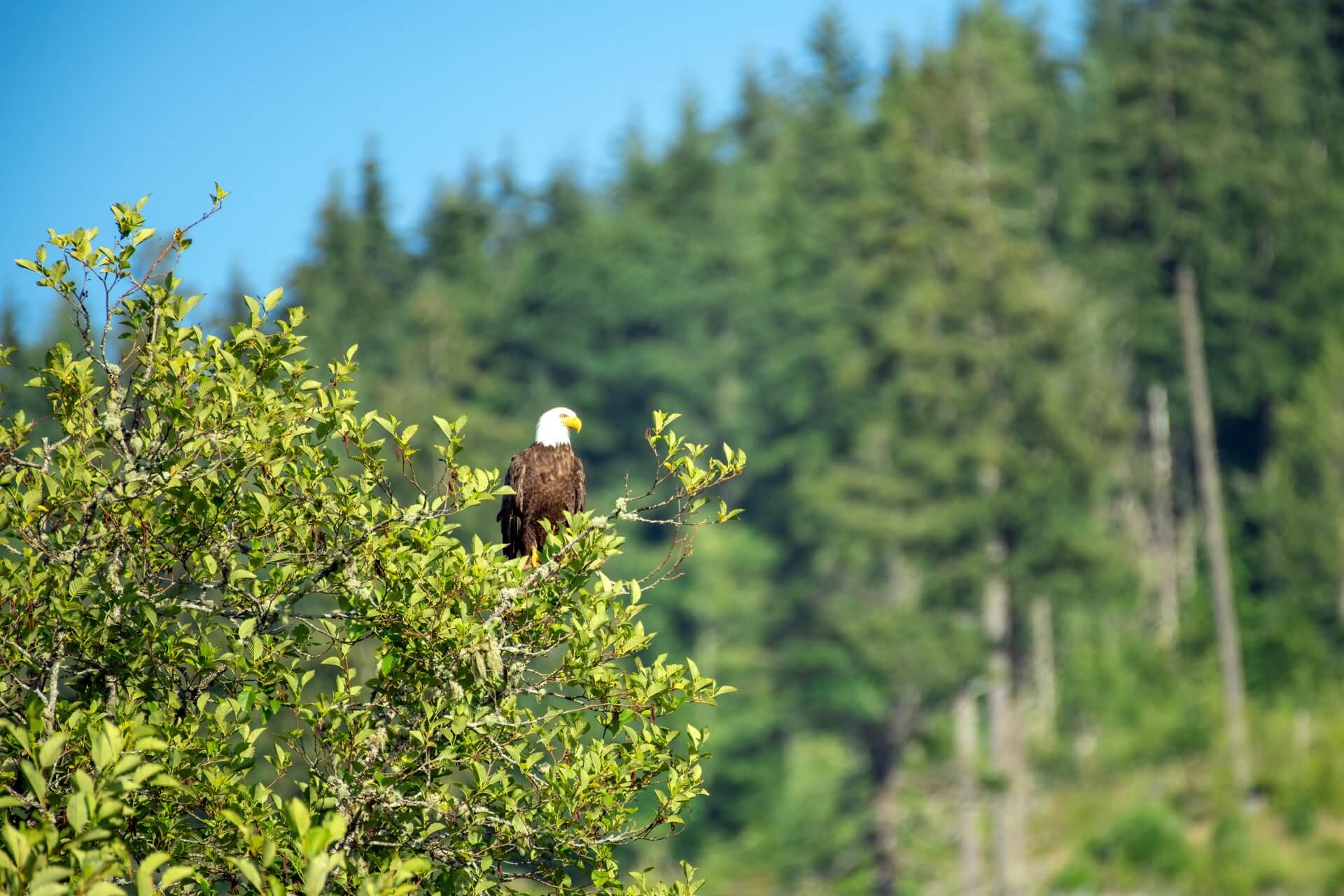
This loop can be traveled by car, bus, or ferry and spans from Seattle to Mount Rainier and includes the Kitsap Peninsula, Vashon, Bainbridge, Whidbey, and the San Juan Islands. Expect to spot bald eagles, pileated woodpeckers, Pacific wrens, Anna’s hummingbirds, and more.
Also See: Kitsap Peninsula Road Trip Guide
Sun and Sage Loop
This varied Eastern Washington landscape offers the chance to spot hawks soaring through mountain passes and shorebirds traversing river lowlands. From woodpeckers to kingfishers, many species thrive amid the area’s wide valleys, canyons, and ample waterways.
Southwest Loop
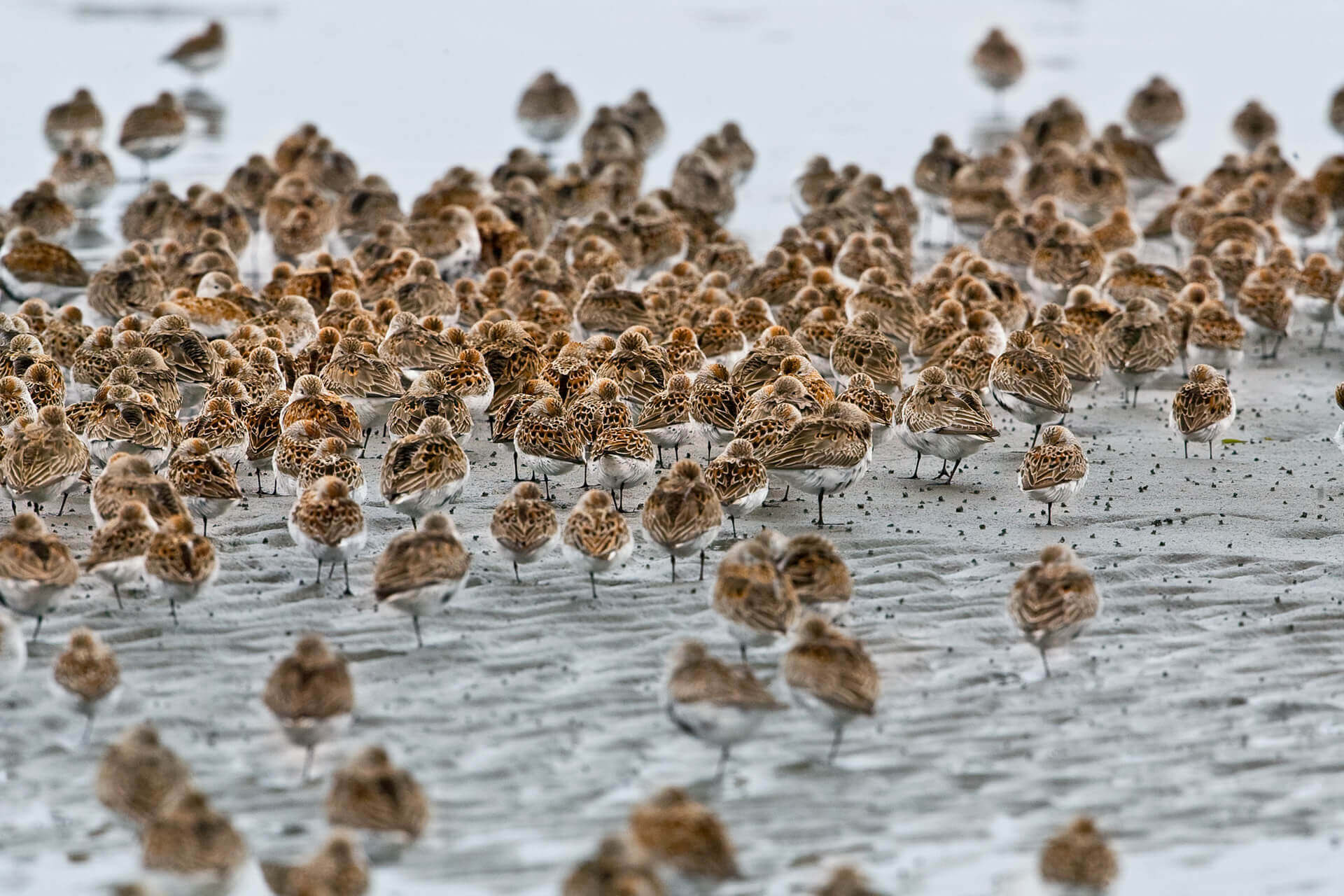
Expect diversity of both birds and landscapes: pelicans over open water, herons in wetlands, and falcons gliding over mountains. Along the sandy coastline, watch for dunlin and sanderling shorebirds.
Tips for Birdwatching in Washington State
Bring the right gear: Washington’s weather can be unpredictable, so be sure to check the forecast and be prepared with layers. Depending on the season, you may want a warm base layer, a waterproof outer layer, sturdy waterproof shoes, a hat, and sunscreen. You’ll also need a good pair of binoculars or a packable spotting scope so you can observe birds from a safe distance. A field guide or birding app is also nice to have on hand for help with identification.
Respect wildlife: When birdwatching in Washington, always keep your distance, stay on designated trails to avoid damaging important habitat, and refrain from feeding wildlife, even those persistent seagulls.
Look around: While birds can often be spotted in the sky or perched on tree branches, you’ll want to scan all levels of the environment to make the most of birding in Washington. Birds can often blend into their surroundings and can be found hidden in tall grass or nestled along a rocky shoreline.
Try different seasons: Bird species change greatly depending on location and the time of year, making Washington a great year-round birding destination. According to data from BirdCast, Washington’s spring migration period runs from around March to mid-June, while the colder winter months are a great time to see flocks of migrating birds in the Skagit Valley.
